Iran, the land of ancient civilization, rich history, and diverse culture, is also famous for its delicious fruits. The country’s favorable climate and fertile soil provide ideal conditions for the cultivation of various fruits, especially during the summer season. Iranian summer fruits are known for their unique flavors, vivid colors, and nutritional value. In this article, we will explore some of the most popular Iranian summer fruits and their health benefits.
The Most Popular Summer Fruits of Iran
Iran is a country with a rich tradition of agriculture, and it is home to a variety of delicious fruits. For foreign tourists visiting Iran during the summer months, there are several popular fruits to try. Watermelon, with its refreshing and juicy taste, is a summer staple that is perfect for quenching thirst on a hot day. Peaches, apricots, grapes, and figs are other popular fruits that are widely grown and enjoyed during the summer months. Whether eaten fresh or used in desserts, jams, or other preserves, these fruits offer a delicious taste of Iranian culture and tradition. For tourists looking to explore Iran’s culinary delights, sampling the country’s summer fruits is a must.
Watermelon
Watermelon is one of the most refreshing summer fruits in Iran, with a high water content and a sweet taste. This fruit is rich in antioxidants, vitamins, and minerals, including vitamin C, beta-carotene, and potassium. Watermelon is also low in calories, making it an excellent option for those watching their weight.
Cherry
Iranian cherries are famous for their deep red color, juicy texture, and sweet taste. This fruit is loaded with antioxidants, including anthocyanins and quercetin, which can help reduce inflammation and improve heart health. In addition to fiber, vitamin C, and potassium, cherries are rich in antioxidants.
Peach
Peaches are a popular summer fruit in Iran, with a delicate flavor and soft texture. This fruit is rich in vitamin C, beta-carotene, and potassium, which can help boost the immune system, promote healthy skin, and regulate blood pressure. Peaches are also a good source of dietary fiber, which can aid in digestion and prevent constipation.
Apricot
Apricots are another delicious summer fruit in Iran, with a tangy-sweet flavor and a soft, velvety texture. This fruit is rich in vitamins A and C, which can help improve eye health, boost the immune system, and prevent oxidative stress. Apricots are also a good source of dietary fiber, which can help regulate blood sugar levels and promote digestive health.
Fig
Figs are a sweet and nutritious summer fruit in Iran, with a soft, chewy texture and a rich, earthy flavor. This fruit is rich in antioxidants, including polyphenols and flavonoids, which can help reduce inflammation and prevent chronic diseases. Figs are also a good source of fiber, which can aid in digestion and promote satiety.
Grapes
Grapes are a staple fruit in Iran, with a long history of cultivation. This fruit comes in various colors, including green, red, and black, and has a sweet taste with a slightly tart flavor. Grapes are rich in antioxidants, including resveratrol and flavonoids, which can help reduce inflammation and improve heart health. Fiber, vitamin C, and potassium are also found in grapes.
Cantaloupe
Cantaloupe, also known as muskmelon, is a refreshing and sweet summer fruit in Iran, with soft and juicy flesh. This fruit is rich in antioxidants, including beta-carotene and vitamin C, which can help boost the immune system, promote healthy skin, and prevent chronic diseases. Cantaloupes are also a good source of dietary fiber, which can aid in digestion and promote satiety.
Mango
Mango is a tropical fruit that is grown in southern parts of Iran. This fruit has a sweet and juicy flesh with a distinct aroma and flavor. Mangos are rich in antioxidants, including beta-carotene and vitamin C, which can help boost the immune system, promote healthy skin, and prevent chronic diseases. Mangos are also a good source of dietary fiber, which can aid in digestion and promote satiety.
Nectarine
Nectarine is a summer fruit in Iran, closely related to peach, with a smooth skin and a sweet taste. This fruit is rich in vitamins A and C, which can help improve eye health, boost the immune system, and promote healthy skin. Nectarines are also a good source of dietary fiber and potassium, which can help regulate blood pressure and promote heart health.
Plum
Plums are a juicy and sweet summer fruit in Iran, with a soft texture and a rich flavor. This fruit is rich in antioxidants, including anthocyanins and phenolic compounds, which can help reduce inflammation, prevent cancer, and improve heart health. Plums are also a good source of dietary fiber, vitamin C, and potassium, which can aid in digestion and promote healthy blood pressure levels.
Mulberry
Mulberry is a sweet and juicy summer fruit in Iran, with a delicate flavor and a soft texture. This fruit comes in various colors, including black, red, and white, and is loaded with antioxidants, vitamins, and minerals. Mulberries are especially rich in vitamin C, which can help improve the immune system, promote healthy skin, and prevent oxidative stress. Mulberries are also a good source of iron, which can help prevent anemia.
Kiwi
Kiwi is a tangy and sweet summer fruit in Iran with a soft and juicy texture. This fruit is rich in antioxidants, including vitamin C and polyphenols, which can help reduce inflammation, improve heart health, and prevent oxidative stress. Kiwis are also a good source of dietary fiber, which can aid in digestion and promote satiety.
Blackberry
Blackberries are a juicy and flavorful summer fruit in Iran, with a rich and tangy taste. This fruit is rich in antioxidants, including anthocyanins and polyphenols, which can help reduce inflammation, improve brain function, and prevent chronic diseases. Blackberries are also a good source of dietary fiber and vitamin C, which can aid in digestion and promote healthy immune function.
The Role of Fruits in Iranian Culture
Iran is a country with a rich cultural heritage, and its fruits play an important role in its cuisine and traditions. Iranian fruits are not only a source of nutrition but also a symbol of hospitality, generosity, and friendship. In Iranian culture, offering fruits to guests is a sign of respect and appreciation. It is common to serve fruits as a dessert or a snack, especially during gatherings and social occasions. Fruits are also an essential part of Iranian festivals and ceremonies, such as the Nowruz (Iranian New Year).
Make Sure to Try These Summer Fruits in Iran!
Iranian summer fruits offer a wide variety of flavors, textures, and nutritional benefits. From the juicy plums to the tangy kiwis, these fruits are a delicious way to stay healthy and hydrated during the hot summer months. Whether you enjoy them fresh, as a smoothie, or in a fruit salad, these fruits are sure to satisfy your taste buds and nourish your body.
Are you planning to travel to Iran and looking for an Iran travel agency? Check out our Iran tours.


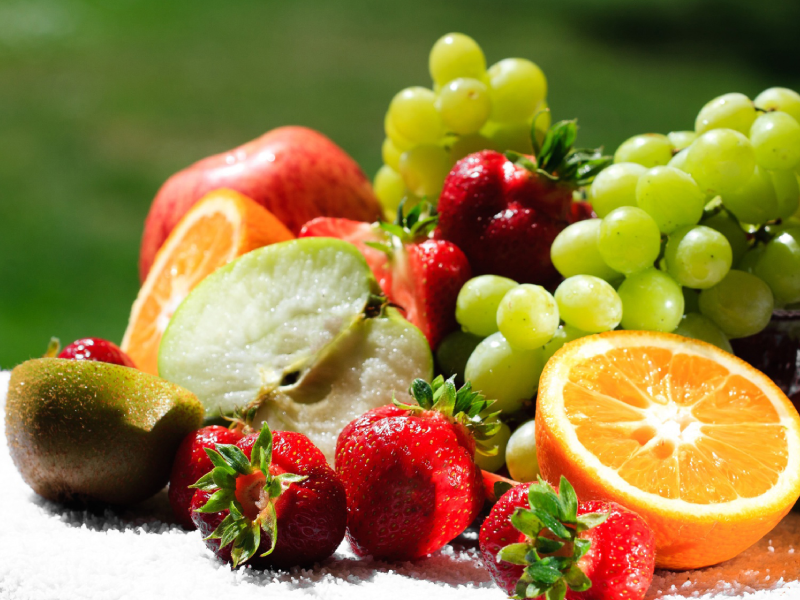
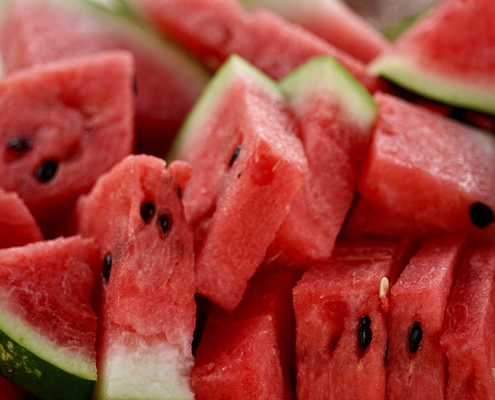
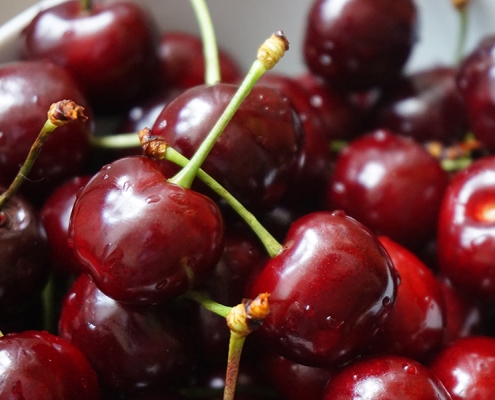


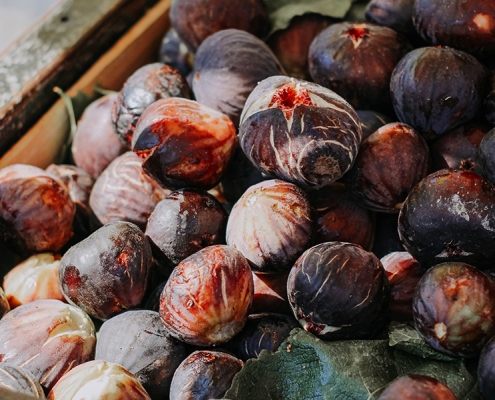


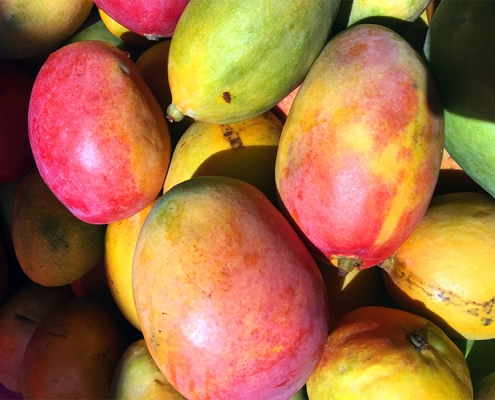
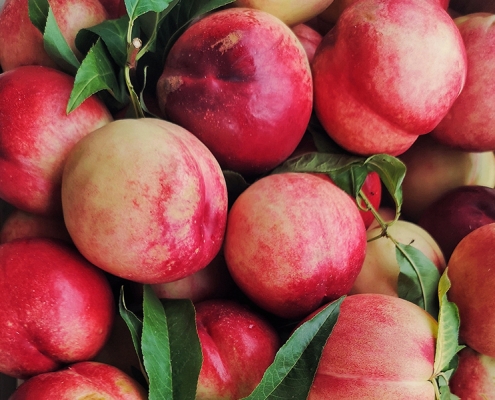


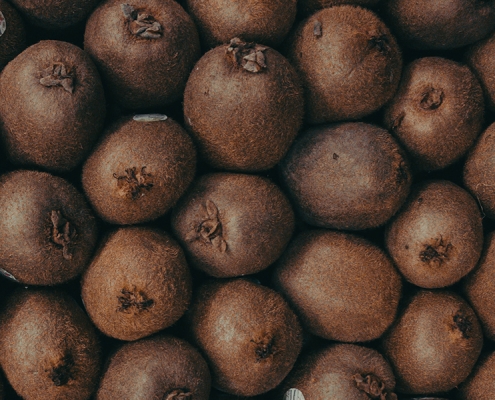



Leave a Reply
Want to join the discussion?Feel free to contribute!